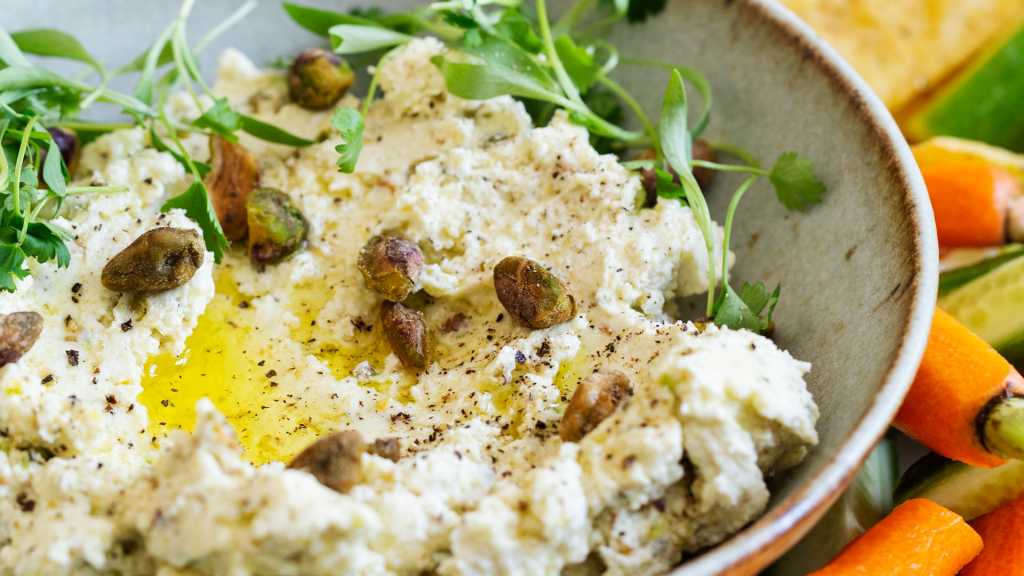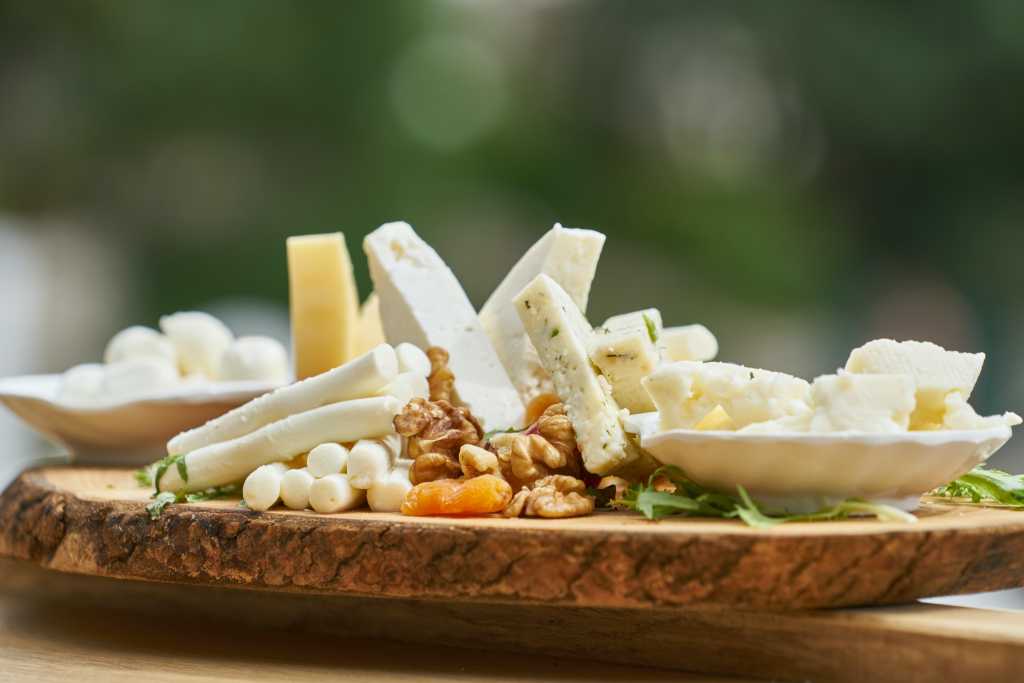In Italy, the hours before dinner aren’t just a time to wind down, they’re an occasion. Aperitivo is more than a drink and a few nibbles. It’s a ritual: a chance to pause, connect, and ease into the evening with style.
And it’s catching on. Across Europe, the aperitivo hour is gaining fans for its relaxed pace, its social energy, and, of course, its effortless elegance. But what actually makes an aperitivo work? Here’s your guide to doing it right, with just enough planning to make it look easy.
What Exactly Is Aperitivo?
The word aperitivo comes from the Latin aperire, meaning “to open” — as in opening the appetite. Traditionally, the drink is slightly bitter to stimulate hunger, and the food is light enough to leave room for dinner. But beyond the drink-and-snack pairing, what defines aperitivo is the intention behind it. You stop working. You sit down. You enjoy.
It usually starts around 6 or 7 p.m., especially in northern cities like Milan or Turin, where it’s common to see bars offering aperitivo-style spreads — a drink, a few snacks, sometimes even a generous buffet — for a set price. But in homes and smaller gatherings, it’s often more intimate: a sparkling glass of something cold, a bowl of olives, maybe some good cheese and bread, and the time to enjoy it.
Why It’s Worth Adopting (Wherever You Are)
In a culture that often races from one thing to the next, aperitivo is a counterweight. It invites you to slow down — not for hours, but just enough to notice the evening unfolding. It’s also one of the easiest ways to entertain. No need for a full menu or fussy plating. You just need a good drink, a few thoughtful snacks, and a comfortable place to sit. Aperitivo is about setting a tone, not showing off. And whether you’re in a city flat or a garden, alone or with a table full of friends, that feeling of intentional unwinding travels well.
Your Aperitivo Guide: Five Simple Steps

1. Start With the Drink
The aperitivo drink should be crisp, refreshing, and not too boozy. You want something that sparks the appetite, not dulls it. Classic choices include bitter cocktails like an Americano or Negroni, as well as sparkling spritzes that balance effervescence with a touch of citrus or herbal notes.
Wines also play a central role, particularly those with good acidity and a clean finish. Dry sparkling wines, lightly chilled reds, and aromatic whites are all natural fits. For example, a California sparkling rosé brings fruit and freshness without heaviness; a Washington Riesling offers citrusy lift with just a hint of sweetness; and a cool-climate Oregon Pinot Noir, served slightly chilled, works beautifully when snacks lean savory.
For a fresh take on the classic spritz, a Grape Rosemary Spritzer made with California Table Grapes offers a light, botanical twist. It’s crisp and aromatic, with just the right balance of sweetness and acidity, perfect for setting the tone at aperitivo hour. Served over ice with a sprig of rosemary, it’s effortlessly elegant and easy to make by the pitcher.
Tip: Chill your glasses and use a lot of ice. Aperitivo should feel cool and crisp, not tepid by the second sip.
2. Serve Salty, Snacky Bites
Salt is your best friend here. It balances the bitterness of the drinks and keeps things interesting between sips. Think cured meats, briny olives, spiced nuts, maybe even a handful of good potato chips, all fair game.

One standout option: Honey Paprika Almonds. The natural richness of U.S.-grown almonds is lifted by a glaze of honey and a hit of smoked paprika, making them crisp, savory, and just sweet enough. They’re the kind of snack that disappears fast, and they hold their own alongside anything from a spritz to a chilled vermouth.
If you’re looking for something more unexpected, Walnut-Coated Crisp Olives by Kei Hasegawa are a smart upgrade on the usual bowl of olives. Coated in crushed California Walnuts and baked until golden, they deliver a satisfying contrast of briny and nutty, crisp and tender. They look impressive, but they’re surprisingly easy to make.

Alternatively, a simple bowl of your favorite nuts might just do the trick. As mentioned above, savory is key here, so go for something like roasted and salted American Pistachios.
Tip: Keep portions small and offer variety — this is about grazing, not filling up.
3. Add a Dip or Spread
A dip anchors the table and invites a slower pace. It also adds depth, creamy or earthy notes to round out all the salt and crunch.
For something a little more substantial, Roasted Garlic & Rosemary White Bean Dip adds depth and creaminess to the spread. Made with U.S. white beans and slow-roasted garlic, it’s smooth, earthy, and aromatic, exactly the kind of dip that invites a second slice of bread.
Other easy options include cream cheese–based dips, simple salsas, or even a good olive oil mixed with balsamic and herbs for bread.
Tip: Make it ahead and serve at room temperature.

4. Include a Bit of Cheese
You don’t need an elaborate setup — just a couple of thoughtfully chosen cheeses, ideally with contrasting textures.

Start with a firm, aged cheese to bring sharpness and depth — something like Sartori’s aged U.S. cheddar, known for its nutty flavor and subtle crunch from cheese crystals. Then, add a soft, creamy contrast. A triple-cream like Mt. Tam from Cowgirl Creamery is a great pick: rich, buttery, and easy to spread. Together, they hit both ends of the spectrum: bold and mellow, structured and spreadable.
Tip: Serve with some hot honey or fruit jam like fig and let cheese sit out for 30 minutes before serving — flavor opens up as it warms.
5. Finish With Details That Set the Mood
Aperitivo is as much about the feel as the food. A cloth napkin. A sprig of rosemary in the drink. A candle or a bowl of citrus on the table. These aren’t big gestures, but they turn the moment into something memorable.
Tip: Keep background music light and upbeat — something you’d imagine playing at a bar in Rome at golden hour.
Want a shortcut? Build a Board!
If you’d rather spend more time enjoying the moment than prepping and cleaning, skip the individual components and go for an all-in-one cheese and salumi board. It brings together everything you want in an aperitivo spread — savory meats, bold cheeses, crunchy nuts, fresh fruit — that perfectly match a California Rosé or Sparkling Wine. It’s generous, unfussy, and makes the transition from first sip to final bite feel seamless. Just pour, plate, and settle in.

Bringing It All Together
Aperitivo isn’t about showing off your hosting skills. It’s about making space: for appetite, for connection, for the pleasure of pausing before the next thing. With just a little thought and a few good ingredients, you can make that space — and share it — wherever you are.
So grab a bottle, set out a few small plates, and take your time. That’s the art of aperitivo.




